Out Now
The Mental Health Issue
Current Issue
The Mental Health Issue
AUG - SEPT 2025
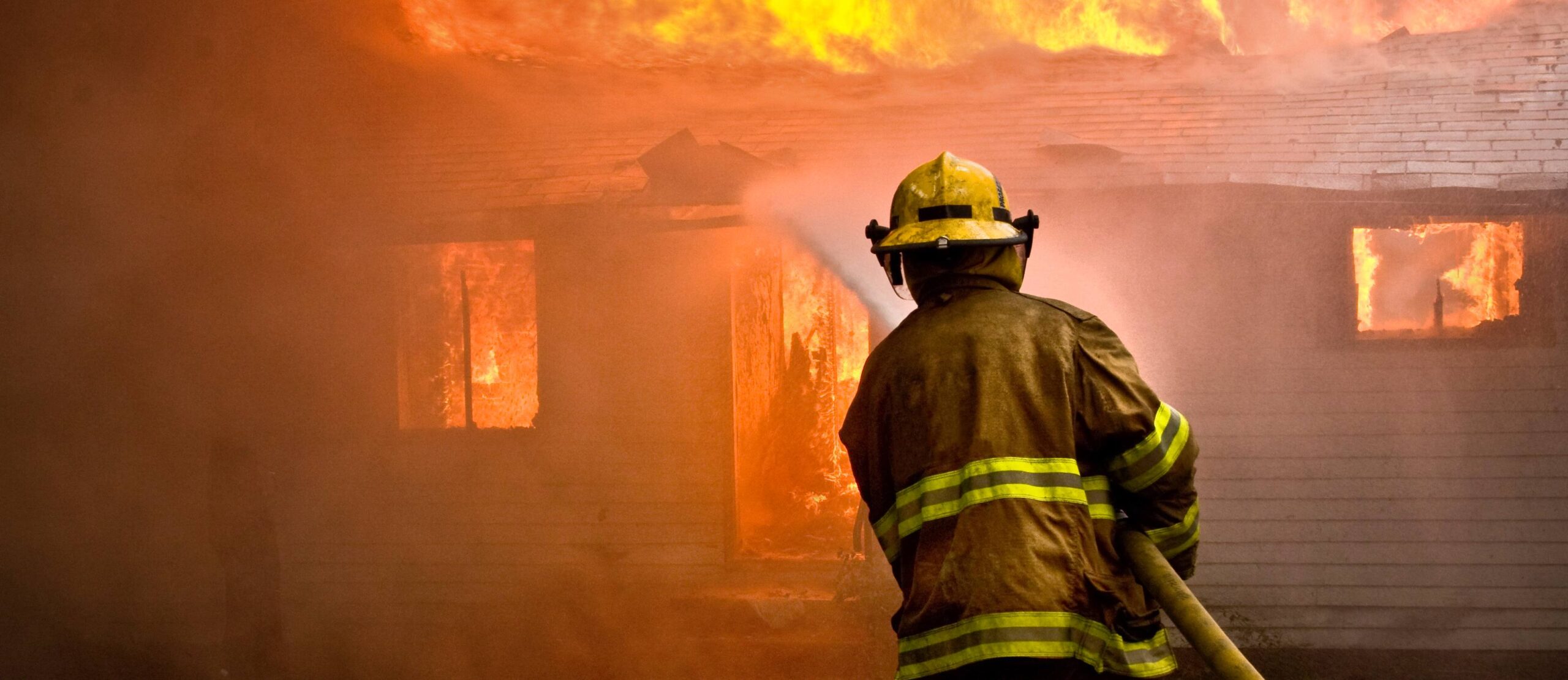
Winter’s prime time for home fires, and helping clients be more aware of the risks could literally save lives.
It may come as a surprise at face value, but winter’s the worst time of year for house fires. During the summer, the risk of bushfires obviously increases, but during the winter months, the incidences of preventable house fires increase by a whopping 15 per cent.
But why? Well, it turns out that it’s mainly to do with electrical appliances. As the days get shorter and the temperatures get colder, the need for artificial light and heat is significantly increased – as is the risk of an electrical fire.
Without being opportunistic, this presents a real opportunity for electrical contractors. You can create some really useful and engaging content to share on your website, social media channels and directly with your clients too – in turn, increasing awareness of the problem that lurks in everyone’s home and business.
And, by offering a ‘winter health check’ you can drum up some new business and attract some new clients at the same time.
More importantly, you could save lives.
In New South Wales alone, 40 per cent of home fires are caused by faulty electrical appliances, and in winter, portable heaters can be a common cause.
Portable heaters are naturally very popular during the winter months – and with Australian homes not being particularly well designed for heat retention during the colder times, it’s understandable why that is.
However, portable heaters are a major fire risk. Of course, there are some obvious things for clients to consider here – for example, not placing it too near anything flammable, not putting clothes near it to dry (keep them at least one metre away) and keeping it in a place where kids or pets won’t knock it over.
There’s also the risk, of course, that the nice, cosy heat causes someone to fall asleep, and the heater is left on for a prolonged period of time. That’s where automatic shut-off switches come in.
More electrical appliances being used equals more and more demand for sockets. Which, of course, usually means piggybacking, which in turn can result in an overload.
Fire services say that only power boards with built-in safety switches and circuit breakers should be used, and they shouldn’t be overloaded – however, many regular folk don’t adhere to that guidance, placing them and their homes at risk of fire.
While LEDs are par for the course in most homes, incandescent lighting can be a fire risk, particularly if the bulb is close to any material that could catch fire.
There’s a whole host of things that could cause electrical fires in a home, so why not offer a safety inspection service? From old powerpoints to old powerboards, frayed cables to old wiring, there’s an awful lot to consider – and the reassurance that comes from a professional carrying out the work is invaluable.
Another aspect of this, of course, surrounds using products that are made particularly for the Australian market, which has strict standards.
As you know, here at Gemcell, we’re proud supporters of our suppliers and quality products that are made to work here. Winter fires are another opportunity to remind people of the inherent dangers of ordering electrical equipment from overseas.
Buy local – the lives of you and your customers could depend on it.
As well as fires from electrical appliances, there are some other tips to prevent home fires that you can share with clients.
Keep up to date with our latest news and competitions by subscribing to our regular newsletter.
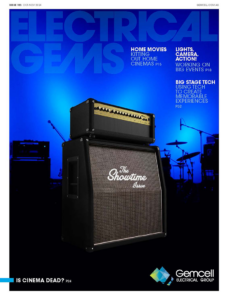
Issue 183
OCT - NOV 2024
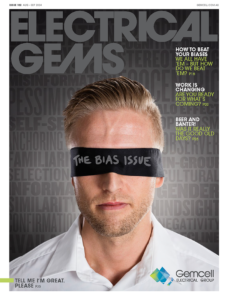
Issue 182
AUG - SEPT 2024

Issue 181
JUN - JUL 2024

Issue 180
APR - MAY 2024

Issue 179
FEB - MARCH 2024
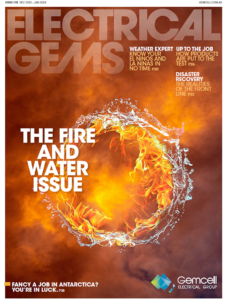
Issue 178
DEC 2023 - JAN 2024
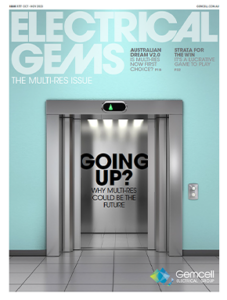
Issue 177
OCT - NOV 2023
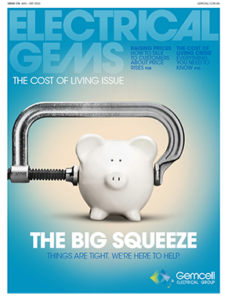
Issue 176
AUG - SEPT 2023
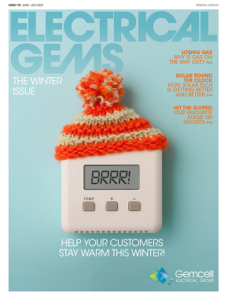
Issue 175
JUN - JUL 2023
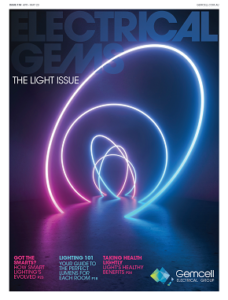
Issue 174
APR - MAY 2023
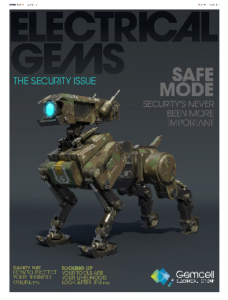
Issue 173
FEB - MAR 2023
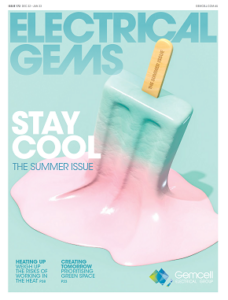
Issue 172
DEC 2022 - JAN 2023
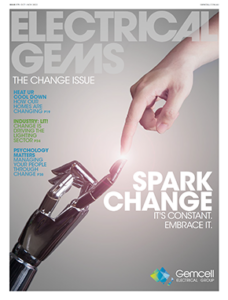
Issue 171
OCT - NOV 2022
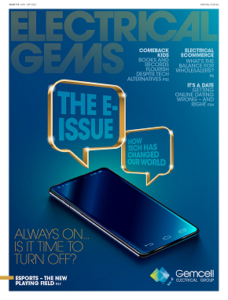
Issue 170
AUG - SEPT 2022

Issue 169
JUN - JUL 2022
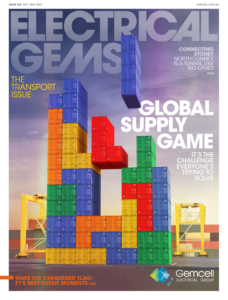
Issue 168
APR - MAY 2022
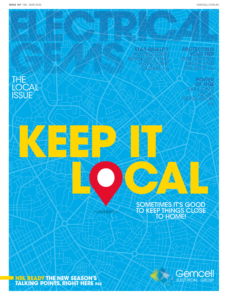
Issue 167
FEB - MAR 2022
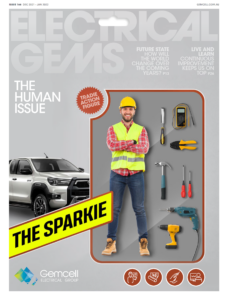
Issue 166
DEC 2021 - JAN 2022

Issue 165
OCT - NOV 2021

Issue 164
AUG - SEPT 2021
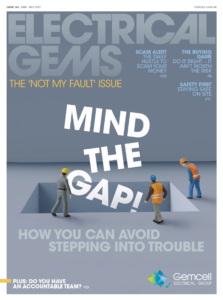
Issue 163
JUN - JUL 2021
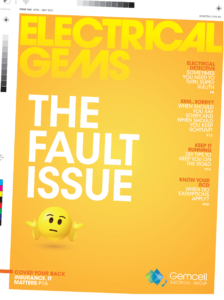
Issue 162
APR - MAY 2021

Issue 161
FEB - MAR 2021
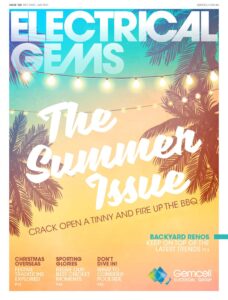
Issue 160
DEC 2020 - JAN 2021
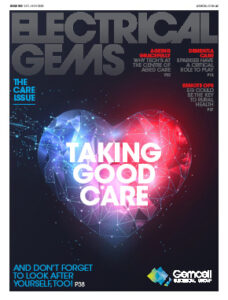
Issue 159
OCT - NOV 2020
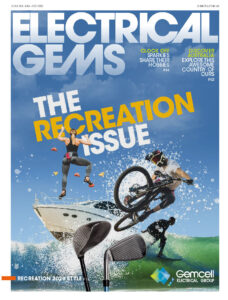
Issue 158
AUG - SEPT 2020
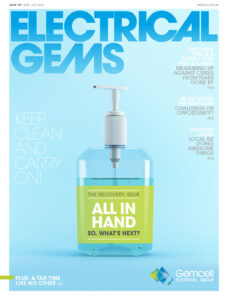
Issue 157
JUN - JUL 2022
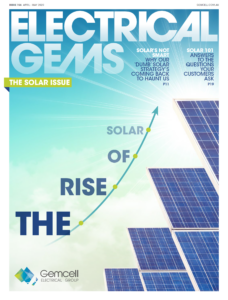
Issue 156
APR - MAY 2020
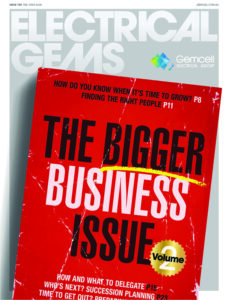
Issue 155
FEB - MAR 2020

Issue 154
DEC 2019 - JAN 2020
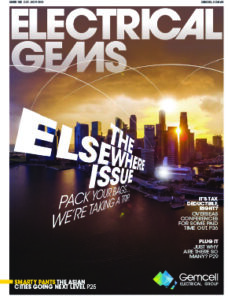
Issue 153
OCT - NOV 2019
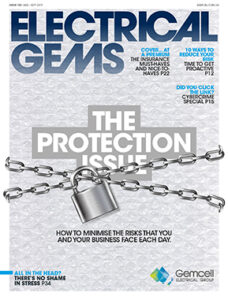
Issue 152
AUG - SEPT 2019
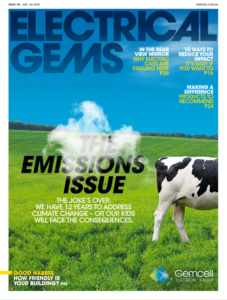
Issue 151
JUN - JUL 2019
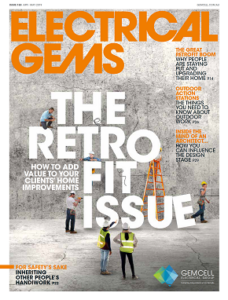
Issue 150
APR - MAY 2019
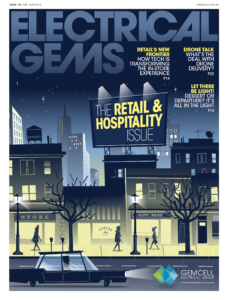
Issue 149
FEB - MAR 2019
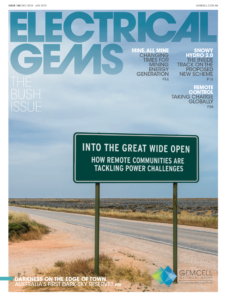
Issue 148
DEC 2018 - JAN 2019

Issue 147
OCT - NOV 2018
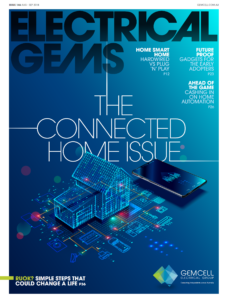
Issue 146
AUG - SEPT 2018

Issue 145
JUN - JUL 2018
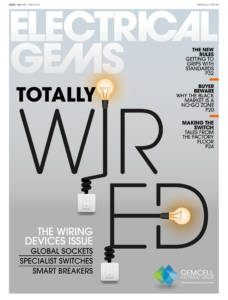
Issue 144
APR - MAY 2018
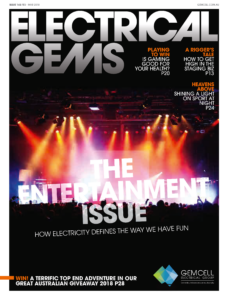
Issue 143
FEB - MAR 2018
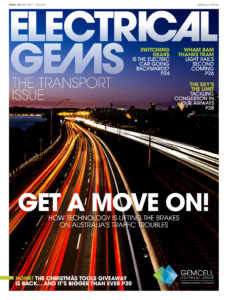
Issue 142
DEC 2016 - JAN 2017
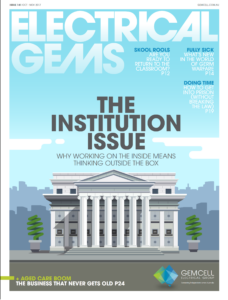
Issue 141
OCT- NOV 2017

Issue 140
AUG - SEPT 2017
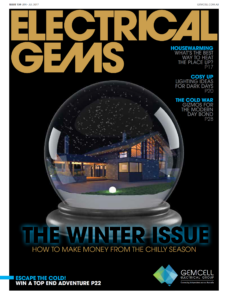
Issue 139
JUN - JUL 2017

Issue 138
APR - MAY 2017

Issue 137
FEB - MAR 2017
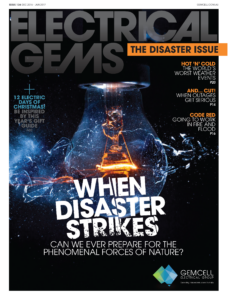
Issue 136
DEC 2016 - JAN 2017
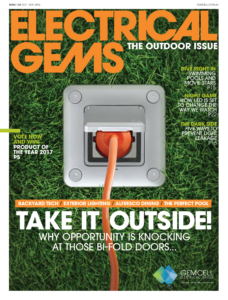
Issue 135
OCT - NOV 2017
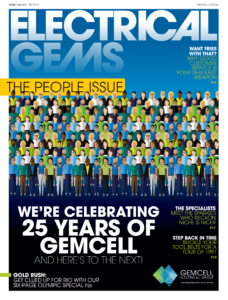
Issue 134
AUG - SEPT 2016
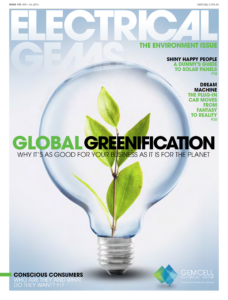
Issue 133
JUN - JUL 2016
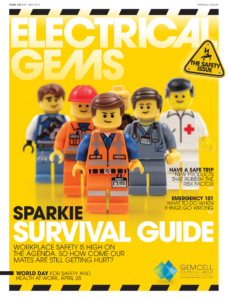
Issue 132
APR - MAY 2016
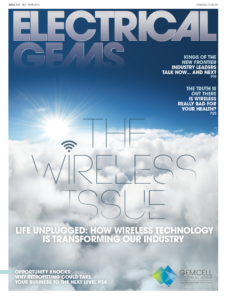
Issue 131
FEB - MAR 2016
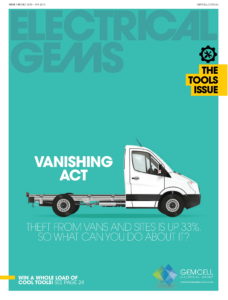
Issue 130
DEC 2015 - JAN 2016
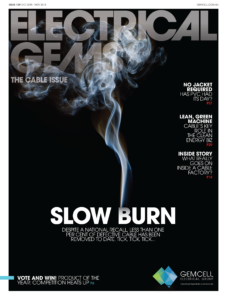
Issue 129
OCT - NOV 2015

Issue 128
AUG - SEPT 2015

Issue 127
JUN - JUL 2015
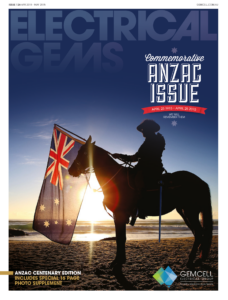
Issue 125
APR - MAY 2015
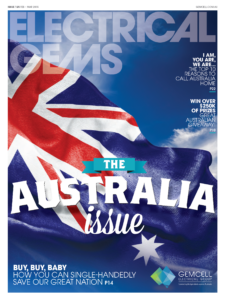
Issue 125
FEB - MAR 2015
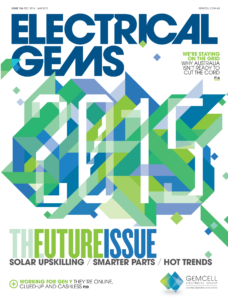
Issue 124
DEC 2014 - JAN 2015
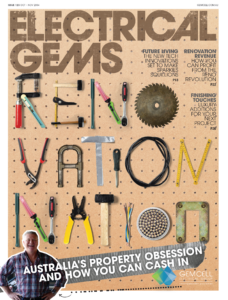
Issue 123
OCT - NOV 2014
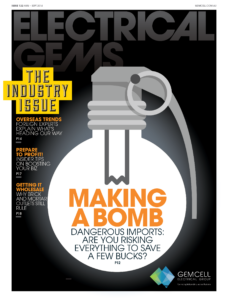
Issue 122
AUG - SEPT 2014

Issue 121
JUN - JUL 2014
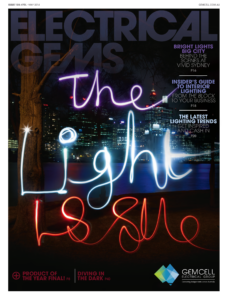
Issue 120
APR - MAY 2014
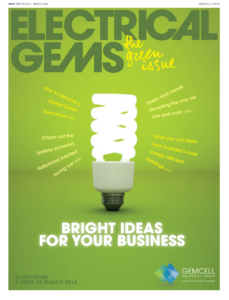
Issue 119
FEB - MAR 2014
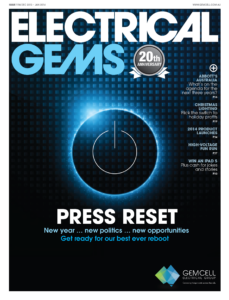
Issue 118
DEC 2013 - JAN 2014
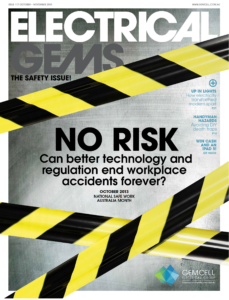
Issue 117
OCT - NOV 2013
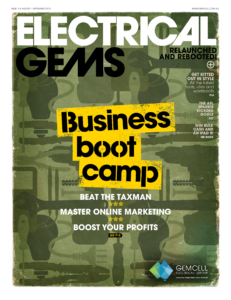
Issue 116
AUG - SEPT 2013

Comments (0)
Write a Comment